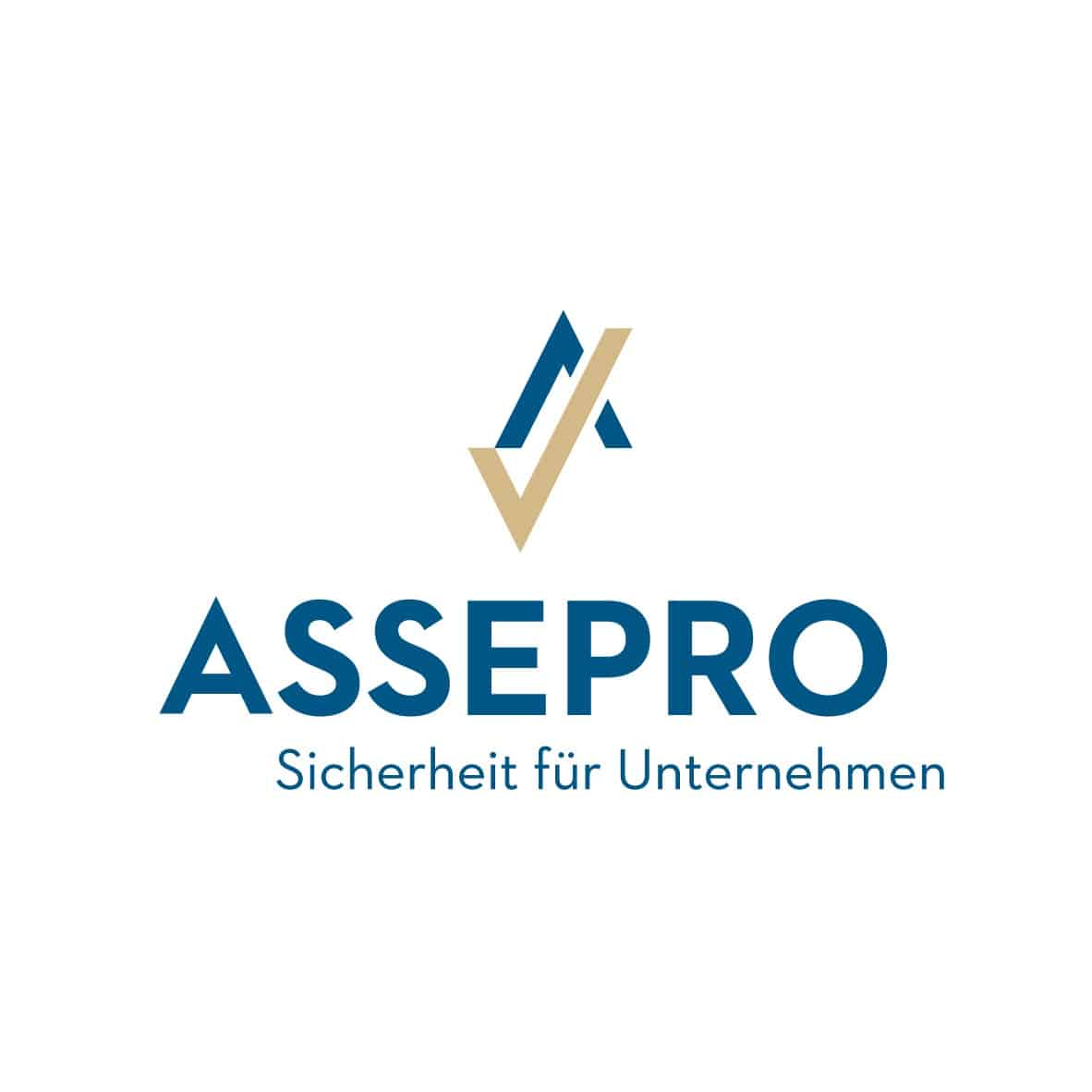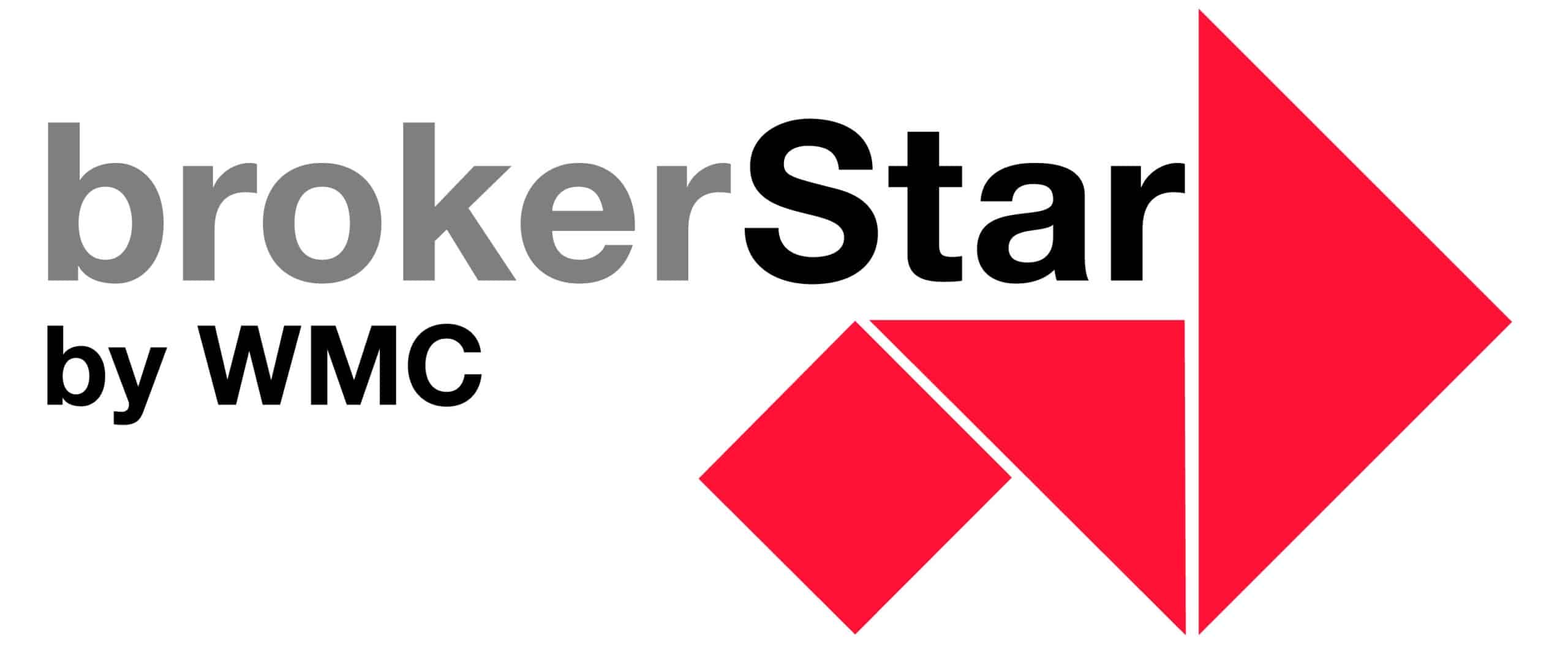Stewardship: More than just a Trend – The Future of Sustainable Investing
21 März, 2025 | Aktuell Allgemein Interviews
A wide range of strategies are available to investors who want to invest sustainably. One strategy that is becoming increasingly important as a complement to these and helps achieve sustainable goals is stewardship. It helps to encourage companies to develop more sustainably. This is of great importance for overcoming global challenges such as climate change and social inequality.
Stewardship means that investors not only invest their money in companies, but also actively participate in their management. By exercising their voting rights at annual general meetings and engaging in direct dialogue with company representatives, they can encourage companies to operate more sustainably. thebrokernews talks to Marion Ehringhaus, Sustainable Finance Expert at Wavestone.
What is stewardship in the context of sustainable investing, and why is it becoming increasingly important?
Marion Ehringhaus: Stewardship is a sustainable investment approach. In Switzerland, Swiss Sustainable Finance (SSF) has defined what it means. The idea is for investors – especially institutional investors such as pension funds or funds – to actively influence the promotion of sustainable business practices. According to the SSF study 2024, stewardship ranks 4th for engagement and 5th for voting in the ranking of investment approaches applied. Particularly in the case of passive investments such as ETFs, engagement is often the only way to exert a sustainable influence on the companies invested in.
How does stewardship differ from other sustainable investment strategies?
While other sustainable investment strategies such as best-in-class focus on the most sustainable companies in an industry, it neglects laggards and their potential for improvement. By contrast, the primary aim of ESG integration is to take ESG risks into account in portfolio management in order to optimise the risk-return profile. Stewardship, on the other hand, allows direct engagement with companies through the exercise of voting rights (voting) and active engagement, which can bring about positive change through dialogue with the company.
Can you give specific examples of how stewardship has encouraged companies to act more sustainably?
Stewardship has led to concrete changes in numerous cases. For example, Ethos successfully used voting to push back against Nestlé and UBS’s remuneration policies, leading to revisions in remuneration structures and greater transparency. Inrate advocated for a stronger focus on sustainable business practices at Roche and Novartis through voting recommendations, leading to improvements in ESG reporting and remuneration structures. At Glencore, Ethos supported a shareholder resolution on climate policy to encourage stronger action on climate change.
Engagement takes place in direct and collective dialogues. In direct engagement, Ethos is in discussions with companies such as Georg Fischer and Adecco to improve governance, transparency and sustainability, particularly with regard to digital responsibility and climate targets. In collective engagement, investors work together to effect change. The ‘Access to Nutrition Initiative’ is in dialogue with Nestlé to improve nutrition practices, while Climate Action 100+ is pushing Holcim to set more ambitious climate targets. The ‘Platform Living Wage Financials’ is working with Richemont to achieve fair wages, and the ‘Nature Action 100 Initiative’ is in dialogue with Roche to promote biodiversity conservation.
What role do exercising voting rights and direct dialogues with companies play in the stewardship process?
Exercising voting rights and direct dialogues are the core activities in the stewardship process. Through dialogue, investors can encourage companies to adopt more sustainable business practices and make clear demands. If these are not taken into account, pressure can be increased by exercising voting rights at the Annual General Meeting. If necessary, relevant shareholder proposals can also be supported.
The role of steward can be undertaken by individual investors or investor pools. Large institutional investors such as hedge funds or pension funds often act independently, while medium and smaller investors frequently join pools managed by organisations such as ISS, Glass Lewis, Ethos or Inrate to enhance their influence.
These measures enable investors to actively influence corporate governance and practices, and thus make a positive contribution to promoting sustainability. The combination of dialogue and voting creates an effective mechanism for encouraging companies to act responsibly.
How do you define a successful stewardship strategy, and what steps are crucial to its success?
A successful stewardship strategy is based on a clear, documented and transparent approach that is set out in a publicly available stewardship policy. The strategic direction forms the foundation by defining clear stewardship objectives and priorities that are aligned with both the long-term investment strategies and the sustainability goals of the investor. On this basis, relevant ESG topics, such as climate change, social justice or good corporate governance, are systematically identified and companies with significant potential for improvement in these areas are selected. Active engagement involves establishing constructive dialogues with companies in order to initiate sustainable change. It is important to formulate specific requirements and discuss realistic solutions.
Voting serves as an effective tool for influencing corporate decisions, with voting coordinated with engagement activities to ensure a consistent message. Continuously monitoring progress and evaluating the effectiveness of stewardship activities is also crucial, as is establishing a transparent escalation framework in the event that companies fail to respond to demands. To be accountable and build trust, regular reporting on stewardship activities and their outcomes is essential.
What challenges do you see in implementing stewardship, and how can investors overcome them?
The challenges are many and varied and concern the objective, regional or global coverage, conflicts of interest, measurement of progress and decisions on how to implement (in-house/external, regional/global).
To ensure successful stewardship implementation, it is essential that top management clearly defines the ambitions and objectives.
Potential conflicts of interest between stewardship activities and other departments, such as the credit or corporate department, must be transparently clarified to ensure the independence of the stewardship team.
Although the direct causal link between stewardship activities and company results is difficult to prove, numerous affected companies and studies confirm that dialogue and the exercise of voting rights have a positive influence on the sustainability of business practices.
The implementation of a stewardship strategy requires careful decisions, for example between voting and engagement, regional or global focus, comprehensive or targeted application to sustainable funds, and internal or external implementation.
Selecting the optimal solution requires thorough due diligence, possibly with external support.
Since the preparation time for implementation is usually six to nine months, starting in good time before the next voting period is crucial.
In summary, a successful stewardship strategy is based on clear objectives, independence, informed decisions and careful implementation.
How do you rate the effectiveness of stewardship compared to other sustainable investment strategies?
Stewardship can be shown to be effective in both voting and engagement, albeit in different ways.
In the case of voting, the impact can be measured immediately: the voting results clearly show whether a majority of shareholders voted in favour of or against a proposal. Even in the case of a minority decision, the signal that a growing number of shareholders are expressing concerns can persuade companies to make strategic adjustments.
Engagement, on the other hand, is a qualitative activity in which it is difficult to prove causal relationships. Nevertheless, affected companies regularly confirm that they would not have achieved sustainable improvements so quickly without the continuous dialogue and pressure resulting from stewardship activities. Based on the principle that ‘constant dripping wears away stone’, repeated, constructive discussions with large shareholders lead to changes in business practices.
To maximise the effectiveness of engagement, the following four aspects are crucial:
- clear, specific topics: a few relevant topics for improvement should be identified for each company
- realistic goals: clear and achievable goals with a fixed time frame should be defined and communicated for each topic
- show consequences: companies should be informed of the consequences of a lack of progress
- Long-term perspective: Engagement requires patience and a long-term perspective, as sustainable change takes time.
Academic studies show that stewardship has a significant influence on companies in the area of listed investments. Thus, the effectiveness of this investment approach is sufficiently proven.
What role does transparency play in the stewardship process, and how can investors promote it?
Transparency plays a central role in the stewardship process, as it is the basis for trust and credibility. Investors must clearly communicate their values, investment strategies, motivations and expectations in order to be perceived as credible partners. This requires full disclosure of engagement topics, targeted objectives, key performance indicators (KPIs) used and planned time frames. Equally important is the clear communication of the escalation strategy in the event that companies fail to implement the required improvements. To avoid stewardship washing, transparency regarding internal reconciliation guidelines and their actual consistent application is essential. The publication of all reconciliation results, as well as the topics, industries and companies with which engagement is conducted, creates additional transparency.
Marion Ehringhaus is a pioneer in the field of sustainable finance. Her expertise ranges from ESG investments and data to sustainable advisory processes and the development of net-zero roadmaps.
The second part of this interview will follow in a few days.




